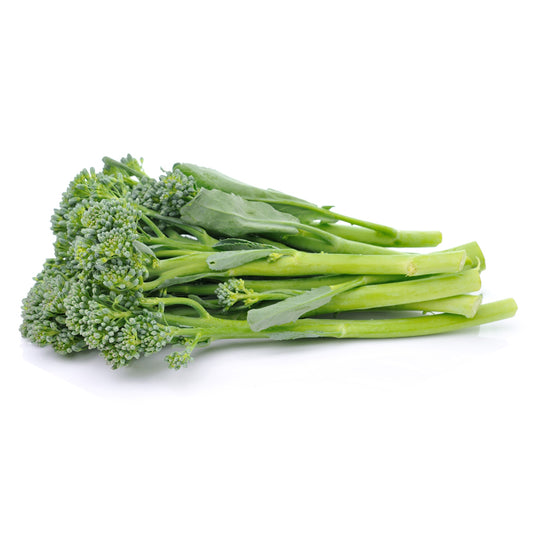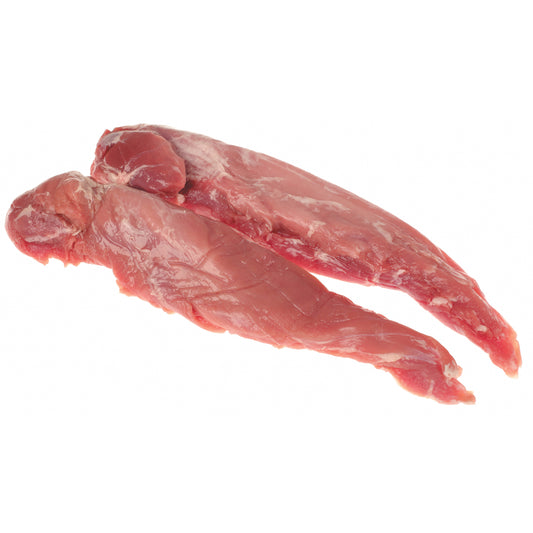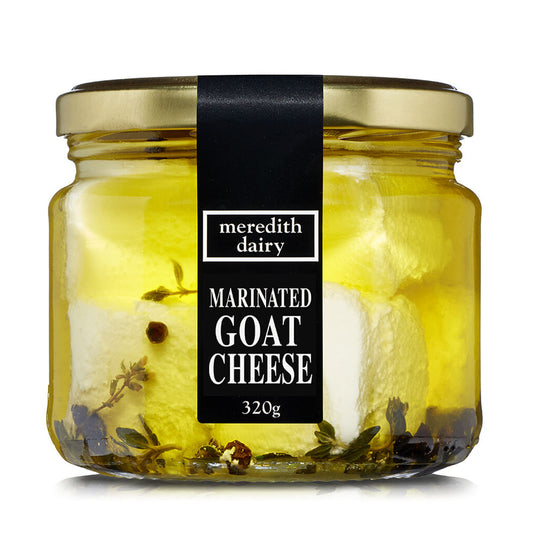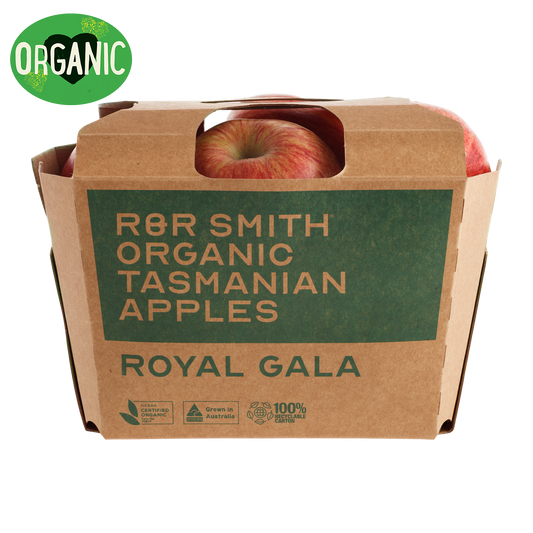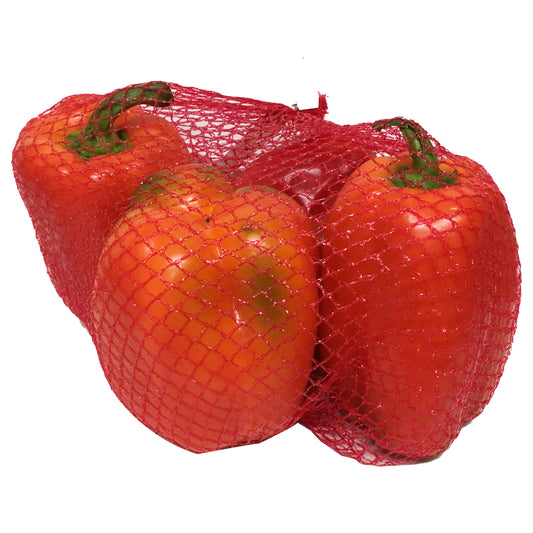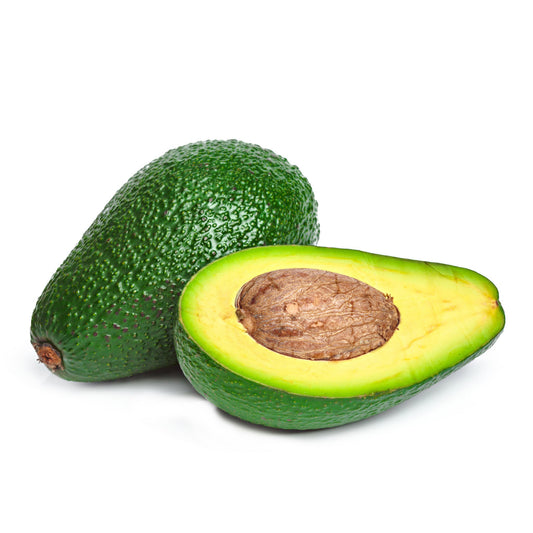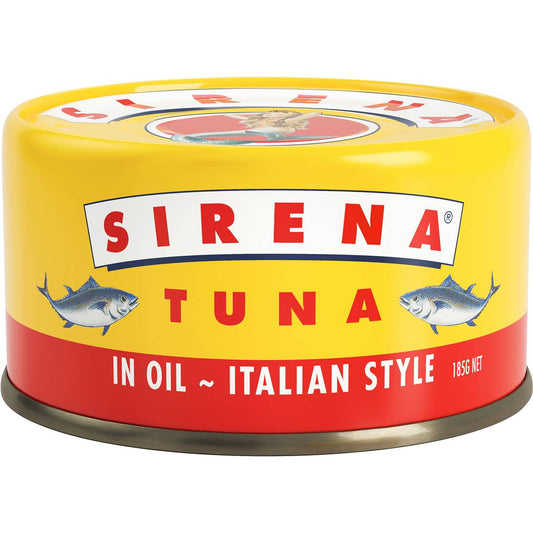Mary and Matthew have helped put into practice some of the impor tant messages from the book— lessons learned from crea-tures spanning blobs to baboons, locusts to cannibal crickets, fruit flies to mice, cats, dogs, and primates. All of them are part of the same wondrous evolutionary journey that includes us, an animal that has managed to change its world to meet its ancestral heart’s desire for endless tasty, con venient, cheap food. With disastrous consequences. We need to take back our nutrition and work with, not outsmart, our biology. Let’s end our journey with some tips for taking charge of your food environment and helping your appetites work for you. This is not a prescription for how to live your life but rather our take on the scientific evidence as informed by our own research. It’s a road map for your journey toward a healthy and enjoyable diet.
1. Estimate your protein target in three steps:
Step 1. Estimate the daily energy (calorie) requirement for your age, sex, and level of activity. You can do this by using something called the Harris Benedict equation calculator, available online at numerous websites.
Step 2. Estimate the portion of those calories that should come as protein (i.e., your protein intake target) by multiplying that value by:
Child and adolescent: 0.15 (i.e., a 15 percent protein diet)
Young adult (18–30): 0.18 Pregnant and breastfeeding: 0.20
Mature adult (30s): 0.17
Middle years (40–65): 0.15
Older age (>65): 0.20
Step 3. Divide that number by 4 to get the number of grams of protein per day you should eat, remembering that each gram of protein contains 4 kcal of energy.
2. Avoid ultraprocessed foods.
Keep them out of the house. You will eat them if they are there. They exist to be irresistible. These are the number-one culprit in the global crisis of chronic disease— they have perverted the interplay between nutrients and appetites.
How to recognize them? Here’s how, in the words of Carlos Monteiro himself:
A practical way to identify an ultra-processed product is to check to see if its list of ingredients contains at least one item characteristic of the NOVA ultra-processed food group, which is to say, either food substances never or rarely used in kitchens (such as high-fructose corn syrup, hydrogenated or interesterified oils, and hydrolysed proteins), or classes of additives designed to make the final product palatable or more appealing (such as flavours, flavour enhancers, colours, emulsifiers, emulsifying salts, sweeteners, thickeners, and anti-foaming, bulking, carbonating, foaming, gelling and glazing agents).
3. Choose high-protein foods from a variety of animal (poultry, meat, fish, eggs, and dairy) and/or plant (seeds, nuts, legumes) sources to both reach your intake target and ensure a balanced ratio of amino acids, which will satisfy the protein appetite most effectively.
If you are vegetarian, which is no bad thing, you will need to make greater efforts to eat a variety of foods, given that single plant proteins tend to be less well balanced in their amino acid content than many animal-derived proteins. To help get a feel for how to reach your protein target, our dietitian colleague at the Charles Perkins Centre, Dr. Amanda Grech, has provided the following lists of foods, with their protein contents along with fat, carbs, kcal, saturated fat, and sodium.
4. Our physiologies evolved at a time when we ate a lot more fiber than we do today, which is why we rely on the presence of it in our diet to work alongside our appetites to control what we eat.
Reconnect the appetite brake by including lots of leafy greens, nonstarchy vegetables, fruits, seeds, and whole grains to ensure fiber without calorie load. Beans, seeds, and pulses (e.g., butter beans, kidney beans, chickpeas, black-eyed peas, lentils) also add fiber, protein, and healthy carbs. As a bonus, vitamins and minerals will come along for the ride, reducing the need for supplements.
5. Don’t obsess about counting calories—get your diet right, and your protein appetite will manage the calories for you.
Accompany the high-protein foods with lots of vegetables and fruits, beans, and whole grains, which will contain good carbs and fats. That way you will also satisfy your appetites for all three macronutrients at the same time.
6. Be restrained when adding sugar and salt to food, and choose healthy added fats, such as extra-virgin olive oil.
7. Doing all of the above only provides an estimate of your protein target and total energy needs—a starting point.
Try adjusting up and down until you feel in control of your appetites—hungry by mealtimes and satisfied after and between meals.
8. Listen to your appetites.
Ask yourself, “Am I craving salty, umami flavors?” If so, your body is telling you that you need protein. At such times you will be especially susceptible to the lure of protein decoys, such as ultraprocessed savory snack foods. Don’t be seduced—seek out high-quality protein foods instead.
9. The flip side to the above is: don’t eat more protein than you feel you want.
Your protein appetite will get it right, and there is a downside to eating too much of it. Our appetites are better gauges than our calculators.
10. When exercising and building muscle mass, the science suggests that eating 20 to 30 grams of protein within a meal best activates the cellular machinery for building new muscle proteins.
That is the optimal dose of protein to kick-start muscle synthesis into action. The machinery involved in protein synthesis is the growth pathway that we discussed in Chapter 8, which, as an inevitable by-product, also produces cellular garbage and causes damage to cells and DNA. A meal containing 20 to 30 grams of protein will switch on protein synthesis for around 2 hours, limiting the side effects of protein synthesis to those periods within the day.
11. To help boost cellular and DNA repair and maintenance, fast overnight and limit snacking between main meals.
For example, avoid eating after about 8pm until breakfast the next morning. This regular daily fast will help activate the longevity pathway (also introduced in Chapter 8), as well as reduce the risk that you will eat extraneous calories later in the evening, and assist with sleep. There are various weight-loss programs that involve periods of restricted calorie intake (the 5:2 Fast Diet is one of the more popular), but the science is showing that even without eating fewer calories in total, there are health benefits from simply restricting the number of hours in the day when we eat (called “intermittent fasting” or “time-restricted feeding”). These benefits arise because a period of several hours without food turns off the damage-producing growth pathways and activates the cellular and DNA repair and maintenance processes that support health and longevity. We can’t eat when we’re asleep. This means that nighttime sleep provides an opportunity to clear out the accumulated cellular garbage and repair the damage done to our DNA and tissues during the day. That much is true for all the cells in our bodies but especially so for our brain cells. No wonder, then, that timerestricted feeding and good sleep have both been linked to improved physical as well as mental health.
12. Sleep well.
Sleep is the third pillar of health and wellness, along with diet and exercise. Sleep and nutrition are linked through the circadian body clock system. Our biology is governed by a master clock, which sits in the brain. It runs on a twenty-four-hour cycle and controls daily rhythms of sleep-wakefulness, body temperature, gut emptying, blood pressure, insulin sensitivity, and much more. The master clock uses hormones such as melatonin to synchronize a multitude of separate mini clocks that are found in each of our organs. Indeed, every cell has its own private circadian clock, which is tightly linked to fundamental cellular processes like DNA replication and insulin signaling. Mess up the synchronization of these cellular and organ clocks, and you end up feeling terrible, as anyone who has suffered jet lag will know. Also, the risks of obesity, diabetes, cardiovascular disease, and cancer are all higher in long-term shift workers. The master body clock doesn’t run as accurately as a digital wristwatch, however. It runs a little slow, so each day it needs to be reset by a reliable environmental cue. The main clock-setting cue is daylight, but the timing of eating is also important. If you subject yourself to bright light or eat when your body clock is expecting you to be asleep, you’ll end up with a scrambled clock system and, ultimately, with poor health outcomes.
13. Get active—outdoors if possible—and sociable.
Physical activity and social interactions are clearly related to improved health and longevity.
14. Learn how to cook the foods you love—and then teach your children. This is among the greatest gifts you can give them.
How is it that a baboon, a cat and a locust instinctively know what to eat for balanced nutrition, and we humans can't seem to figure it out?
Mixing a nutritionally balanced diet, with a precise ratio of protein to carbohydrate, seems daunting, but animals, from apes to cockroaches, all manage it instinctively. It comes down to the essential role of appetite to communicate the body's needs to the brain. Humans have this ability too, but our appetites have been hijacked in the modern food environment, causing obesity and the serious diseases that come with it.

